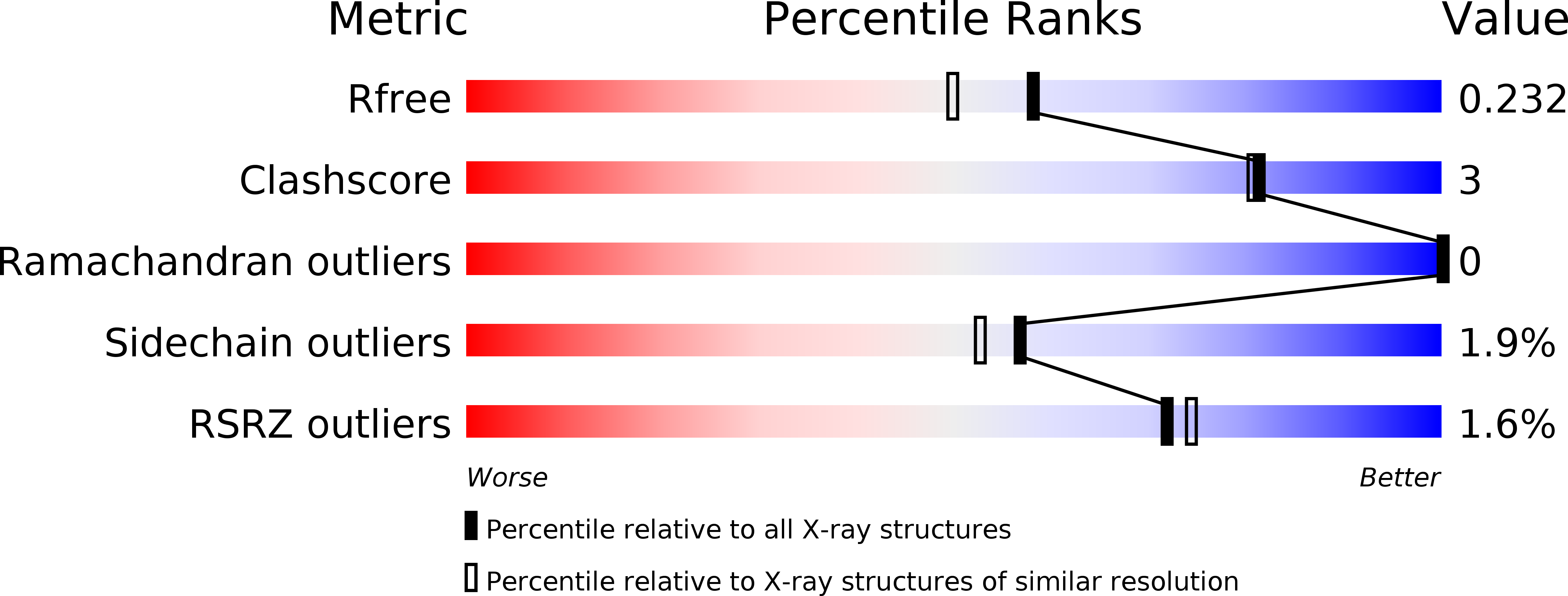
Deposition Date
2017-10-12
Release Date
2018-10-31
Last Version Date
2023-10-04
Entry Detail
PDB ID:
6BA8
Keywords:
Title:
YbtT - Type II thioesterase from Yersiniabactin NRPS/PKS biosynthetic pathway
Biological Source:
Source Organism:
Escherichia coli (Taxon ID: 562)
Host Organism:
Method Details:
Experimental Method:
Resolution:
1.90 Å
R-Value Free:
0.23
R-Value Work:
0.19
R-Value Observed:
0.19
Space Group:
P 4 21 2


